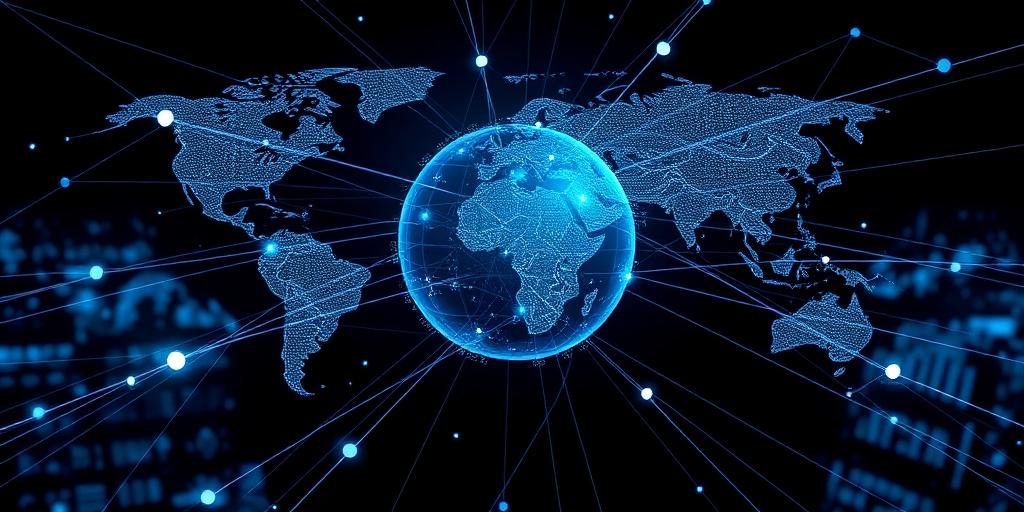The Impact of Technology on Global Inequality
Technology has become an integral part of our lives, transforming industries, economies, and societies. While technological advancements have undoubtedly brought numerous benefits, such as increased productivity, improved communication, and enhanced access to information, they have also contributed to growing global inequality. This article explores the multifaceted impact of technology on global inequality, examining both the ways it exacerbates existing disparities and the potential it holds for bridging the gap.
The Exacerbation of Inequality
1. The Digital Divide:
The digital divide refers to the gap between those who have access to digital technologies and the internet and those who do not. This divide is a significant driver of global inequality, as it limits access to education, economic opportunities, and essential services for marginalized populations. In many developing countries, lack of infrastructure, affordability, and digital literacy skills hinder access to technology, creating a cycle of disadvantage.
2. Automation and Job Displacement:
Automation, driven by advancements in artificial intelligence and robotics, is rapidly transforming the labor market. While automation can increase productivity and efficiency, it also leads to job displacement, particularly in sectors that rely on routine tasks. This disproportionately affects low-skilled workers, who often lack the skills and resources to adapt to the changing demands of the labor market.
3. Winner-Takes-All Economy:
The rise of digital platforms and the network effect have created a winner-takes-all economy, where a few dominant firms capture a disproportionate share of the market. These firms often have the resources to invest heavily in technology, further widening the gap between them and smaller businesses. This concentration of wealth and power can exacerbate existing inequalities and limit opportunities for economic mobility.
4. Data and Algorithmic Bias:
Data-driven technologies, such as artificial intelligence and machine learning, rely on vast amounts of data to make predictions and decisions. However, if the data used to train these algorithms is biased, it can perpetuate and amplify existing inequalities. For example, facial recognition technology has been shown to be less accurate for people of color, leading to discriminatory outcomes.
Bridging the Gap
While technology can exacerbate global inequality, it also holds the potential to bridge the gap and create a more equitable world.
1. Expanding Access to Education:
Online education platforms and digital learning tools can provide access to quality education for students in remote or underserved areas. These technologies can also personalize learning experiences and cater to different learning styles, helping to close the achievement gap.
2. Creating Economic Opportunities:
Technology can create new economic opportunities for marginalized populations. E-commerce platforms, for example, allow entrepreneurs to reach new markets and sell their products online. Digital skills training programs can equip individuals with the skills they need to participate in the digital economy.
3. Improving Access to Healthcare:
Telemedicine and mobile health technologies can improve access to healthcare services in remote or underserved areas. These technologies can also empower individuals to take control of their health by providing access to information and resources.
4. Promoting Financial Inclusion:
Mobile banking and digital payment systems can promote financial inclusion by providing access to financial services for individuals who are excluded from the traditional banking system. This can help to reduce poverty and promote economic development.
Conclusion
Technology's impact on global inequality is complex and multifaceted. While technology can exacerbate existing disparities, it also holds the potential to bridge the gap and create a more equitable world. To ensure that technology benefits all of humanity, it is essential to address the digital divide, invest in education and skills training, promote inclusive innovation, and mitigate the risks of data and algorithmic bias. By harnessing the power of technology responsibly, we can create a future where everyone has the opportunity to thrive.









